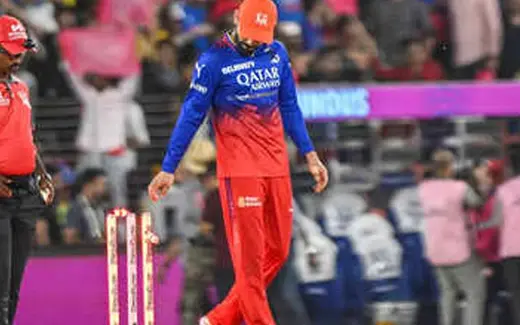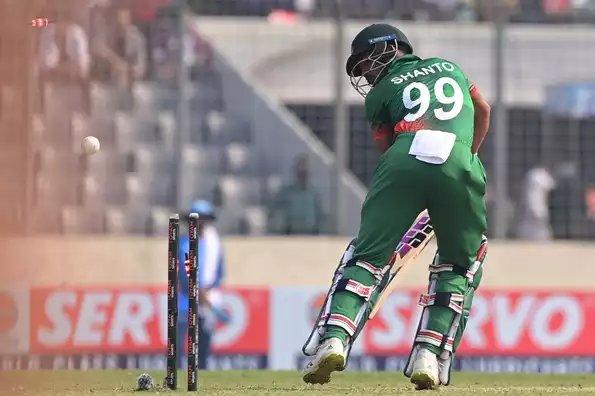Gavaskar further requests that the players “never forget” the significance of domestic cricket and that the board review the domestic calendar.
Sunil Gavaskar has pushed the BCCI to include the Test cricket incentive program in the Ranji Trophy as well, claiming that it would support the feeder system and motivate domestic players.
The BCCI declared earlier this month that players who participate in 75% of India’s Test matches in a season will receive INR 45 lakh per match, while those who participate in 50 to 75% of Test matches will receive INR 30 lakh. This is on top of the INR 15 lakh match fee.
“Rewarding those who would be playing [Test cricket] is a wonderful thing by the BCCI,” Gavaskar remarked on Friday, outside of an event in Mumbai. “But I would also request the BCCI to ensure that the feeder to the Test team, which is the Ranji Trophy, is also looked after.”
In the Ranji Trophy, a player currently makes about INR 2 million every match. He will have played ten games if he participates in every game and his team advances to the championship. The Vijay Hazare Trophy match price is INR 50,000, whereas the Syed Mushtaq Ali match fee is INR 17,500.
A domestic player informed ESPNcricinfo, “[If your team doesn’t qualify for the knockouts] your whole year’s earnings are around 20 lakh, which is like the base price in the IPL.” “If there are proper contracts, then players will feel more motivated to play red-ball cricket.”
“There will definitely be a lot more people playing the Ranji Trophy, [and a lot less pullouts] if the Ranji Trophy fee can be doubled or tripled,” stated Gavaskar. I would want the BCCI to look into that element as well, since they will all want to experiment with the slab system—if you get that much extra for every ten first-class matches.
In order to ensure a seamless transition from the domestic season to the IPL, Gavaskar also proposed reexamining the short interval between Ranji matches and proposing that the Ranji Trophy be played from October to mid-December. The 50-over Vijay Hazare Trophy would serve as the domestic season’s finale.
The Ranji Trophy is currently the final competition on the domestic schedule. The Ranji Trophy concluded the 2023–24 season on March 15, while the Indian Premier League (IPL) began on March 22.
“That way, everybody will be available to play [the Ranji Trophy], except for the ones featuring for India,” Gavaskar stated. “There won’t be a valid reason to withdraw. People in the IPL can get ample practise from the one-dayers, which start in January.”
Gavaskar was also in favour of players prioritising their domestic cricket, as instructed by the BCCI.
“It is something that should be looked up [to] by every cricketer – domestic cricket is actually how they have come up,” he stated. They wouldn’t be where they are now if they hadn’t begun at the domestic level in the Ranji Trophy, domestic T20, or domestic one-day competition.
“Very few cricket players have truly succeeded despite never having participated in domestic cricket. They have always participated in domestic cricket; it might have been junior or Under-19 cricket, or something similar. The athletes ought to always remember that.







